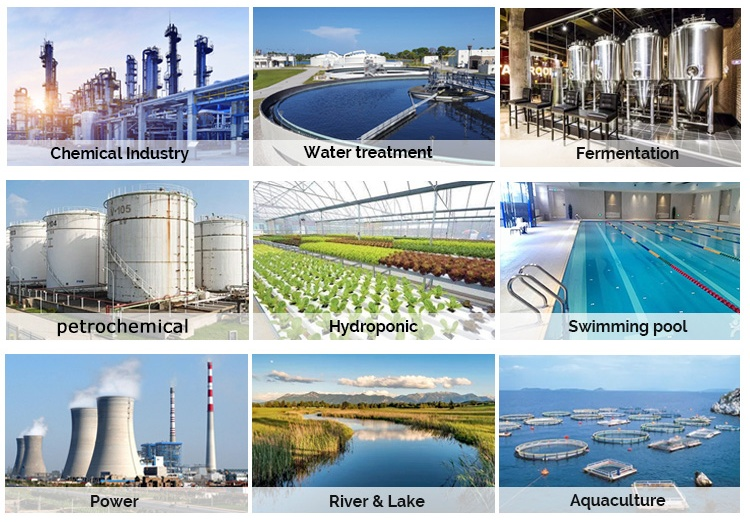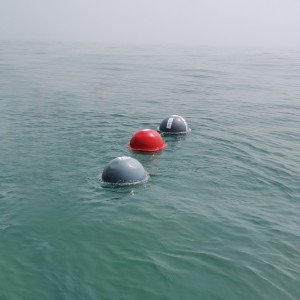5 in 1 UV Absorption BOD TOC TUR TEMP COD Sensor for Water Quality Monitoring
Features
1. Advanced Multi-Parameter Detection
Simultaneously measures COD, TOC, BOD, turbidity, and temperature with a single sensor, reducing equipment costs and complexity.
2. Robust Anti-Interference Design
Automatic turbidity compensation eliminates measurement errors caused by suspended particles, ensuring high accuracy even in turbid water.
3. Maintenance-Free Operation
Integrated self-cleaning brush prevents biofouling and extends maintenance cycles to over 12 months. Reagent-free design avoids chemical pollution and reduces operational costs.
4. Rapid Response & High Stability
Achieves results within tens of seconds with ±5% accuracy. Built-in temperature compensation ensures reliability across 0–50°C environments.
5. Industrial-Grade Durability
316L stainless steel housing and IP68 rating withstand corrosion, high pressure, and harsh aquatic conditions.
6. Seamless Integration
Supports RS-485 communication and Modbus protocol for easy connection to IoT platforms.

Product Paramenters
| Product Name | COD Sensor |
| Measurement Method | Ultraviolet orption method |
| Range | COD:0.1~1500mg/L ; 0.1~500mg/L TOC:0.1~750mg/L BOD:0.1~900mg/L Turbidity: 0.1 ~ 4000 NTU Temperature range: 0 to 50℃ |
| Accuracy | <5% equiv.KHP temperature:±0.5℃ |
| Power | 9-24VDC(Recommend12 VDC) |
| Material | 316L Stainless Steel |
| Size | 32mm * 200mm |
| IP Protection | IP68 |
| Output | RS-485, MODBUS Protocol |
Application
1. Wastewater Treatment Plants
Ideal for monitoring COD and BOD levels in industrial and municipal wastewater to ensure compliance with discharge regulations. The sensor’s turbidity and temperature measurements also aid in optimizing treatment processes, such as adjusting aeration or chemical dosing, to improve efficiency and reduce operational costs.
2. Environmental Monitoring
Used in rivers, lakes, and groundwater sites to track organic pollution trends. The reagent-free design makes it environmentally safe for long-term ecological studies, while multi-parameter capabilities provide a holistic view of water quality changes over time.
3. Industrial Process Control
In manufacturing sectors like food and beverage, pharmaceuticals, and electronics, the sensor monitors process water quality in real time, preventing contamination and ensuring product consistency. Its resistance to harsh chemicals and high-temperature environments makes it a reliable choice for industrial pipelines and cooling systems.
4. Aquaculture and Agriculture
Helps maintain optimal water conditions for fish farms by measuring dissolved organic matter (COD/BOD) and turbidity, which impact aquatic life health. In irrigation systems, it monitors nutrient levels and contaminants in source water, supporting sustainable agricultural practices.









